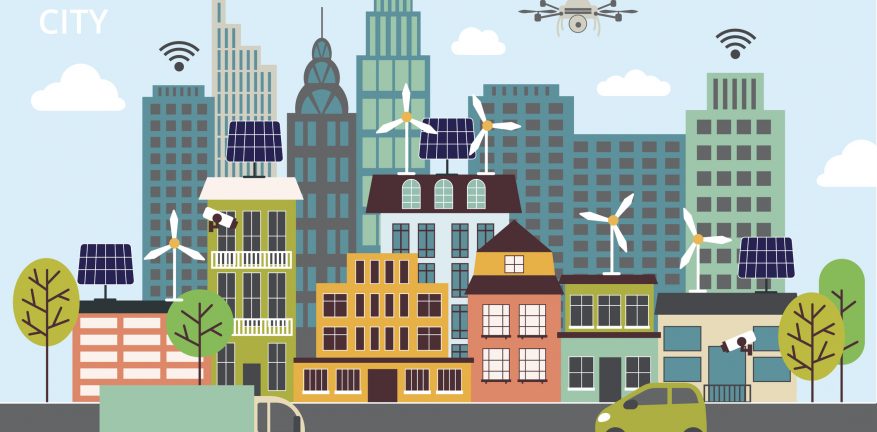Smart-city projects still driven by single-purpose IoT deployments
Smart city initiatives are underway across the country. But they face funding and technology challenges. Many cities want to upgrade infrastructure to improve resident experience, safety and to generate revenue.
But modernization can be too costly without help from private companies.
Only about 16% of cities can self-fund their infrastructure projects. That prompts some to join forces with private companies to fund infrastructure projects such as smart streetlights, internet connectivity initiatives and smart parking meters. As a recent McKinsey report noted, public-private partnerships often involve distinct roles for both entities: cities are cast with the role of implementer, while private companies serve as investor.
In San Leandro, California, for example, public-private partnerships have fueled various smart city initiatives.
Private dollars have enabled these projects to expand and even drive revenue for the city. But public-private partnerships can’t overcome the siloed nature of IoT technologies in action: That is, cities continue to struggle not only to identify smart-city project funding but also to successfully extend smart-city projects beyond single-use IoT instances. [See Figure 1 from McKinsey and Co. “Smart cities: Digital solutions for a more livable future.”]
Still, the smart city market is growing at a clip.
The global population is set to reach $9.7 billion by 2050, two-thirds of which will live in cities, according to United Nations estimates. And the global smart cities market is expected to reach $237.6 billion by 2025, expanding at a CAGR of 18.9% from 2019 to 2025, according to a May 2019 study conducted by Grand View Research Inc.
This growth, say experts, takes a segmented approach, with cities working on specific problems.
“We will continue to see more examples [of smart city applications],” said Jessica Groopman, industry analyst and founding partner at Kaleido Insights. “We will see vertical-specific applications in emerging applications in parking, lighting, energy and trash, for example.”
To read the full version of this article, visit IoT World Today.

















